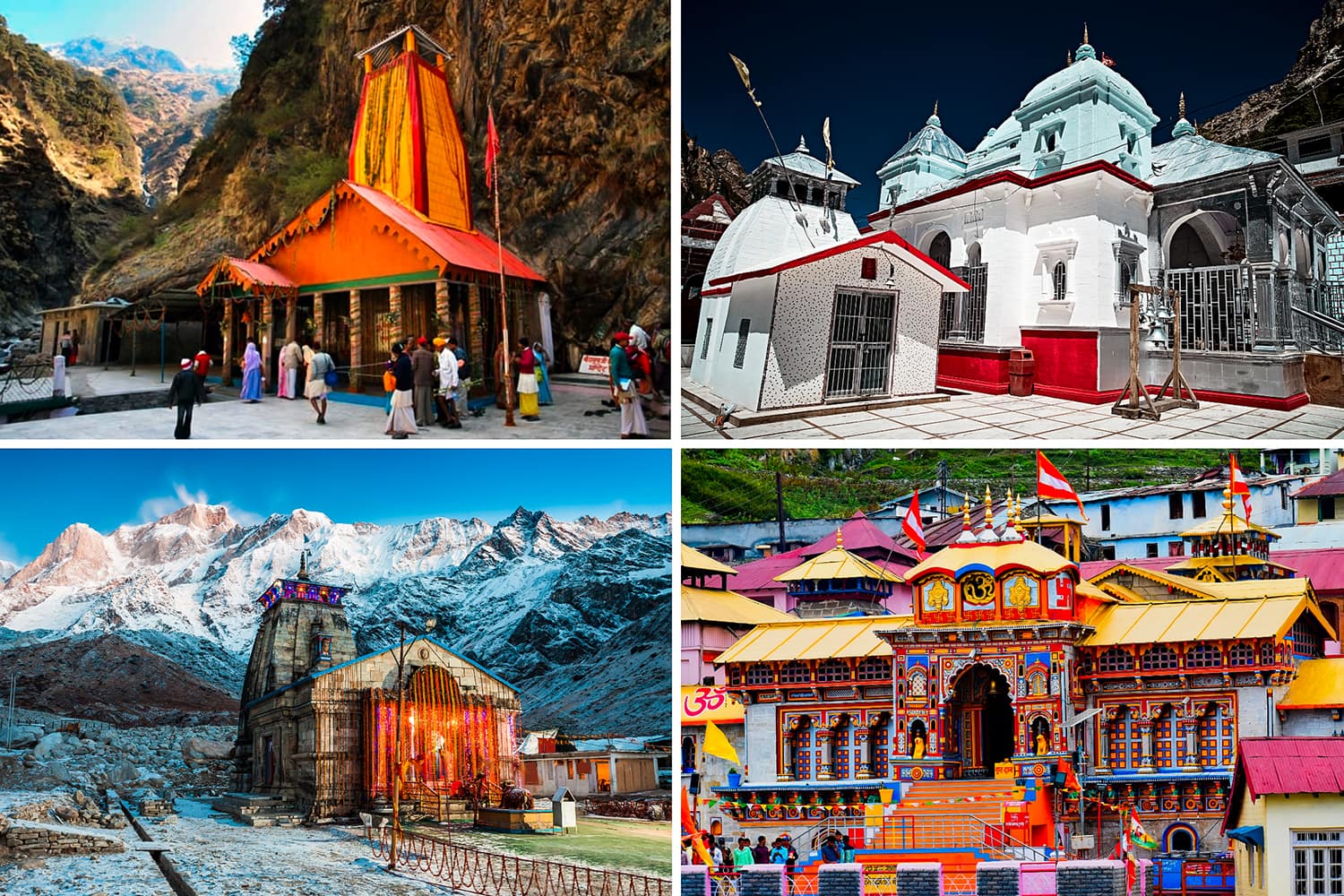
Exploring the Uttarakhand Char Dham Yatra: A Spiritual Journey Across the Himalayas
The Uttarakhand Char Dham Yatra is one of the most revered pilgrimage circuits in India, drawing millions of devotees and spiritual seekers from around the world. Known as the “Chota Char Dham Yatra,” this journey takes pilgrims through the four sacred shrines of Kedarnath, Badrinath, Yamunotri, and Gangotri, each nestled in the serene landscapes of the Himalayas. Completing the Char Dham Uttarakhand pilgrimage is believed to wash away sins, provide spiritual peace, and bring one closer to salvation.
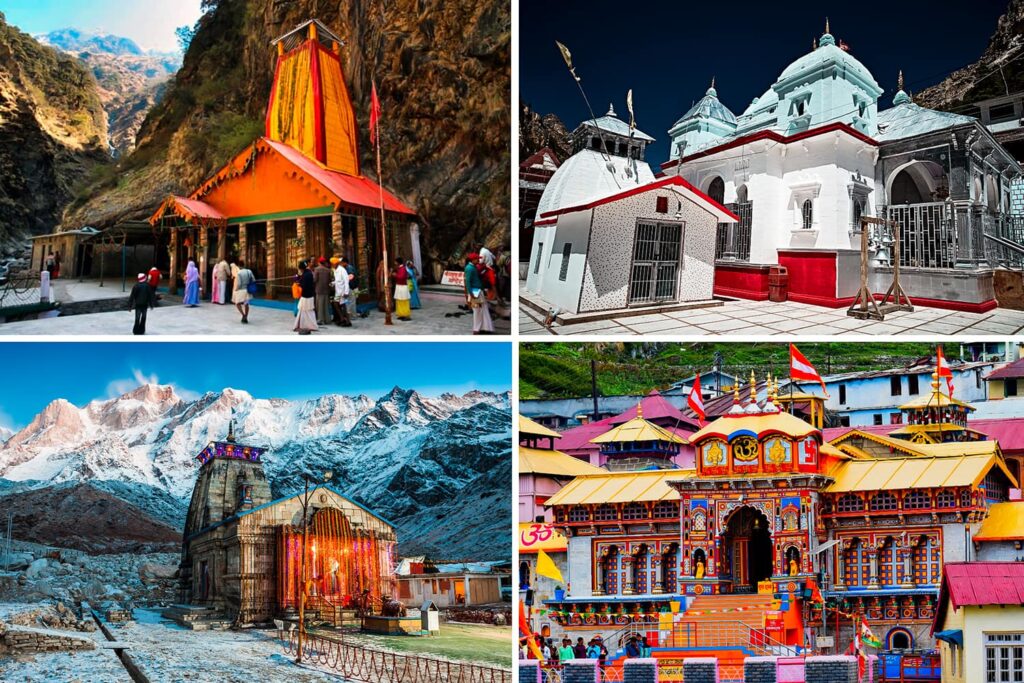
The Significance of the Uttarakhand Char Dham Yatra
The Uttarakhand Char Dham Yatra holds immense significance in Hindu culture, as it encompasses four major temples dedicated to deities associated with the creation and sustenance of the universe. Each of the four destinations has a unique historical and spiritual background. Yamunotri is dedicated to Goddess Yamuna, Gangotri to Goddess Ganga, Kedarnath to Lord Shiva, and Badrinath to Lord Vishnu. This yatra is considered a path to moksha (liberation) and has been a cherished pilgrimage for centuries.
Uttarakhand Char Dham Yatra is distinct from the larger “Char Dham” pilgrimage that includes Badrinath, Dwarka, Puri, and Rameswaram. The Chota Char Dham Yatra or Uttarakhand 4 Dham Yatra focuses solely on the Himalayan shrines and is revered for the unique spiritual atmosphere that each location offers.
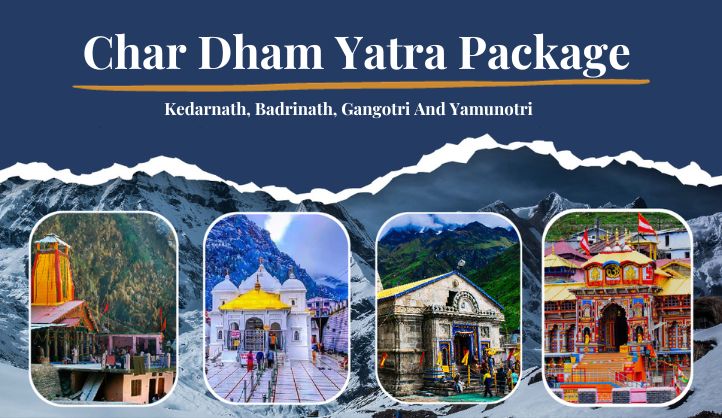
The Four Holy Shrines of Uttarakhand Char Dham Yatra
1. Yamunotri: The Source of the Yamuna River
The first destination on the Char Dham Yatra is Yamunotri, dedicated to the goddess Yamuna, considered the daughter of the Sun God, Surya, and the sister of Yama, the God of Death. Yamunotri is the source of the sacred Yamuna River, one of India’s most significant rivers, believed to wash away sins and protect devotees from untimely death.
The Journey to Yamunotri
Situated at an altitude of 3,293 meters, Yamunotri is the westernmost shrine in the Char Dham circuit, surrounded by lofty peaks and dense forests. The journey to Yamunotri typically begins at the town of Hanuman Chatti, followed by a trek of approximately 6 kilometers from Janki Chatti. The trek is challenging yet rewarding, as pilgrims are greeted by scenic landscapes, steep cliffs, and natural hot springs. The Surya Kund, a hot water spring near the temple, is particularly noteworthy, as devotees often cook rice and potatoes in the boiling waters, which are then offered as prasad.
Yamunotri Temple
The Yamunotri Temple is a modest yet deeply venerated shrine that houses the idol of Goddess Yamuna, represented by a black marble idol. The temple was constructed by Maharaja Pratap Shah of Tehri Garhwal in the 19th century, although it has undergone several reconstructions due to natural calamities. The temple’s serene environment and sacred aura make it a profoundly peaceful place, allowing devotees to feel a divine connection with the goddess and the river she embodies.
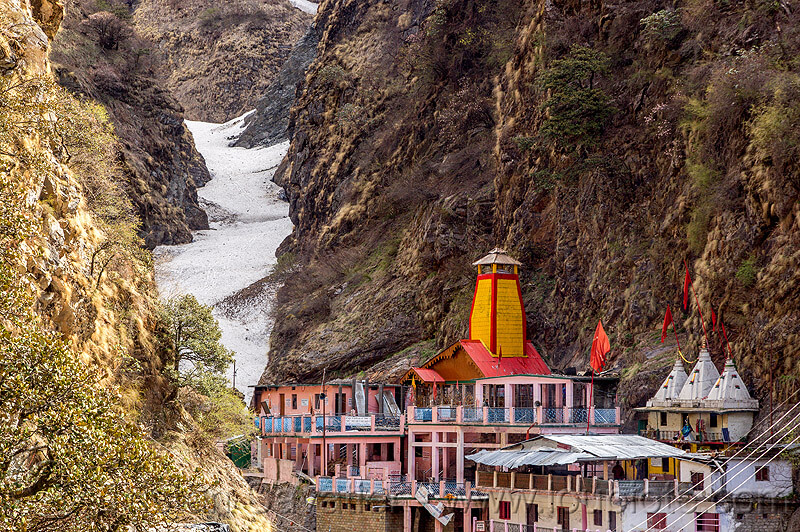
2. Gangotri: The Origin of the Ganges
The next destination is Gangotri, the source of the holy Ganges River, which is considered the lifeline of India. Gangotri is the physical and spiritual origin of the river Ganga, believed to be the abode of Goddess Ganga. The mythology surrounding Gangotri recounts the descent of Ganga from the heavens to cleanse the sins of humanity, after being summoned by King Bhagirath.
The Journey to Gangotri
Located at an altitude of 3,100 meters, the journey to Gangotri begins from Rishikesh or Dehradun and leads to the quaint town of Uttarkashi, after which pilgrims travel along winding roads flanked by dense pine forests, tall deodar trees, and cascading rivers. The final leg of the journey to Gangotri is marked by the Bhagirathi River, which flows alongside the temple, adding a divine ambiance to the entire setting.
Gangotri Temple
Built by the Gorkha general Amar Singh Thapa in the early 18th century, the Gangotri Temple is a white marble structure set against the awe-inspiring backdrop of the Himalayas. The temple is dedicated to Goddess Ganga, symbolized by a stunning silver idol. Pilgrims perform rituals and offer prayers here, seeking purification and blessings. A significant ritual involves taking a dip in the icy waters of the Bhagirathi River, symbolizing a cleansing of the body and soul. Many pilgrims extend their journey to the Gaumukh glacier, the true source of the river, located about 19 kilometers from Gangotri. Trekking to Gaumukh is a journey in itself, bringing pilgrims even closer to the origins of the revered river.
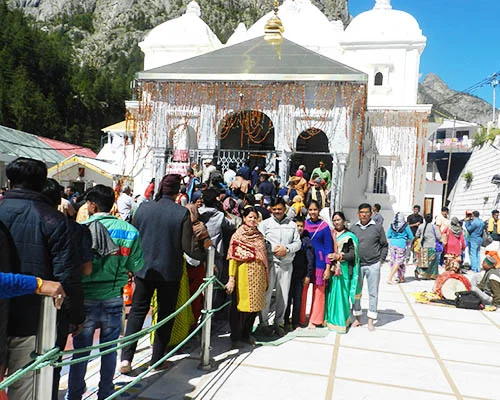
3. Kedarnath: The Abode of Lord Shiva
Kedarnath, the third pilgrimage site, holds profound significance for devotees of Lord Shiva. This temple, one of the twelve Jyotirlingas of Shiva, is situated at an elevation of 3,583 meters and is surrounded by the majestic Kedarnath Range. According to Hindu mythology, Lord Shiva transformed himself into a bull at Kedarnath, making it a symbol of the supreme power of the divine.
The Journey to Kedarnath
The journey to Kedarnath is perhaps the most challenging of the Char Dham Yatra due to its high altitude and unpredictable weather. From Rishikesh or Haridwar, pilgrims travel to Gaurikund, the starting point of the 16-kilometer trek to the temple. The path is steep and rigorous, often requiring physical endurance, but the awe-inspiring scenery of snow-capped peaks, deep valleys, and glacial rivers provides a sense of divine presence that propels pilgrims forward.
In recent years, helicopter services have been introduced, allowing those unable to trek to experience the sanctity of Kedarnath. However, many still choose the traditional route, viewing the physical challenge as an essential aspect of their pilgrimage.
Kedarnath Temple
The Kedarnath Temple, believed to be over a thousand years old, is a simple yet architecturally stunning stone structure, adorned with intricate carvings and surrounded by breathtaking natural beauty. The temple houses a conical Shiva lingam, representing the “hump” of Lord Shiva. The temple was initially constructed by the Pandavas and later renovated by Adi Shankaracharya, a revered Hindu philosopher who sought to unify different Hindu sects.
Kedarnath has witnessed various natural calamities, including the devastating 2013 floods. Despite this, the temple miraculously withstood the floodwaters, reinforcing its place as a site of immense spiritual power. Pilgrims often experience a profound sense of awe and humility in the presence of Kedarnath, as they worship the divine lingam and offer prayers to Lord Shiva.
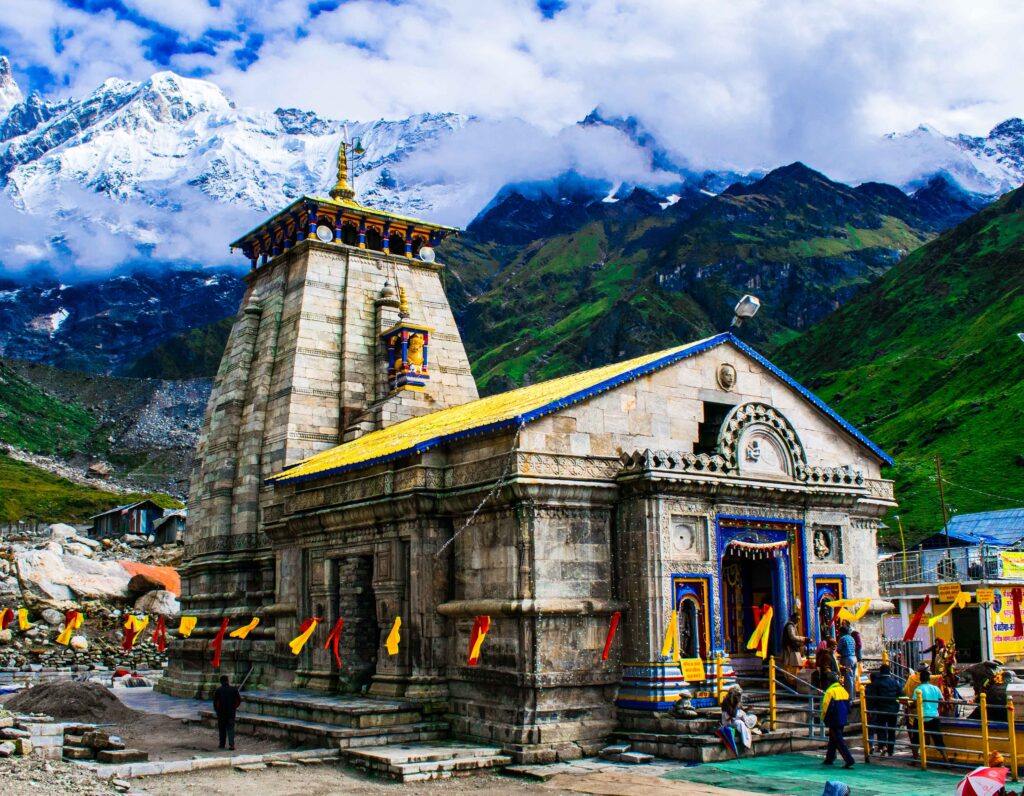
4. Badrinath: The Sacred Abode of Lord Vishnu
The final destination on the Char Dham circuit is Badrinath, dedicated to Lord Vishnu, one of Hinduism’s principal deities. This temple, located at an elevation of 3,300 meters, is revered by both Hindus and Buddhists and is considered one of the holiest temples in India.
The Journey to Badrinath
The journey to Badrinath is accessible via road and is relatively easier than the previous three sites, though it still requires traversing through narrow, winding mountain paths. The route from Rishikesh or Haridwar to Badrinath passes through Devprayag, Rudraprayag, and Joshimath, where devotees witness the confluence of sacred rivers, creating a spiritually uplifting atmosphere.
Badrinath Temple
The Badrinath Temple, established by Adi Shankaracharya in the 8th century, is a colorful and magnificent structure that stands against the dramatic backdrop of the Neelkanth peak. The temple houses a black stone idol of Lord Vishnu, believed to be one of the eight Swayambhu (self-manifested) statues of Vishnu. The idol is seated in a meditative pose, symbolizing the lord’s cosmic transcendence.
Before entering the temple, pilgrims bathe in the Tapt Kund, a natural hot spring located near the entrance, to purify themselves. The temple architecture is distinctly North Indian, with a vibrant facade adorned with intricate carvings. Pilgrims often feel a deep connection with Lord Vishnu at Badrinath, as they offer prayers and participate in rituals conducted by the temple priests.
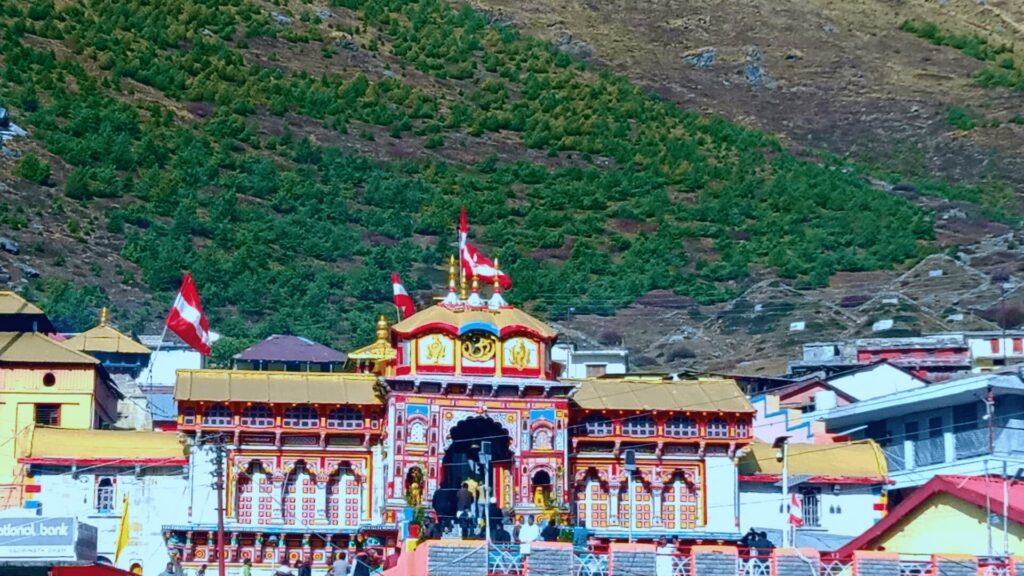
Popular Char Dham Packages and Tours
To make this spiritual journey accessible to all, Chardham Packages and Char Dham Yatra Govt Packages are available, covering transport, accommodation, and meals. These packages cater to diverse needs, from budget travelers to luxury seekers. Here are some options:
- Standard Char Dham Packages
These Chardham Packages are ideal for budget-conscious pilgrims. They typically include basic accommodation, shared transportation, and a guided tour of the four shrines. Pilgrims receive assistance for the treks to Yamunotri and Kedarnath, as well as guidance for rituals and temple visits. - Luxury Char Dham Packages
Luxury Chardham Packages provide a more comfortable experience, with premium accommodations, private vehicles, and personal guides. They often include additional services like helicopter rides to Kedarnath, spa treatments, and high-quality meals, offering a blend of spiritual journey and relaxation. - Char Dham Yatra Govt Package
The government also offers subsidized Char Dham Yatra Govt Packages to make the pilgrimage affordable and accessible. These packages often include standardized accommodations, transport, and guidance at all four shrines. The Uttarakhand Tourism Char Dham Yatra initiatives ensure safety and comfort for pilgrims, especially elderly travelers. - Customized Char Dham Tour
Many pilgrims prefer to customize their Chardham Tour according to their pace and preference. With custom Chardham Packages, travelers can adjust the duration of the yatra, choose specific routes, or add side trips to nearby locations. These packages offer flexibility and cater to specific needs, such as medical assistance, dietary preferences, and preferred accommodations.

When to Embark on the Uttarakhand Char Dham Yatra
The Uttarakhand Char Dham Yatra typically begins in April or May and concludes around November before winter arrives. The best time to undertake this pilgrimage is between May and June, when the weather is relatively mild and the roads are accessible. From July to September, the monsoon season can make certain routes risky due to landslides. The autumn months, from September to November, also offer a good window, with fewer crowds and clear weather.
To ensure a safe journey, Char Dham Tourism has implemented measures such as route maps, travel assistance, and medical facilities. The Chardham Yatra Uttarakhand Tourism sector works hard to improve access to these high-altitude shrines while preserving their natural beauty and religious sanctity.
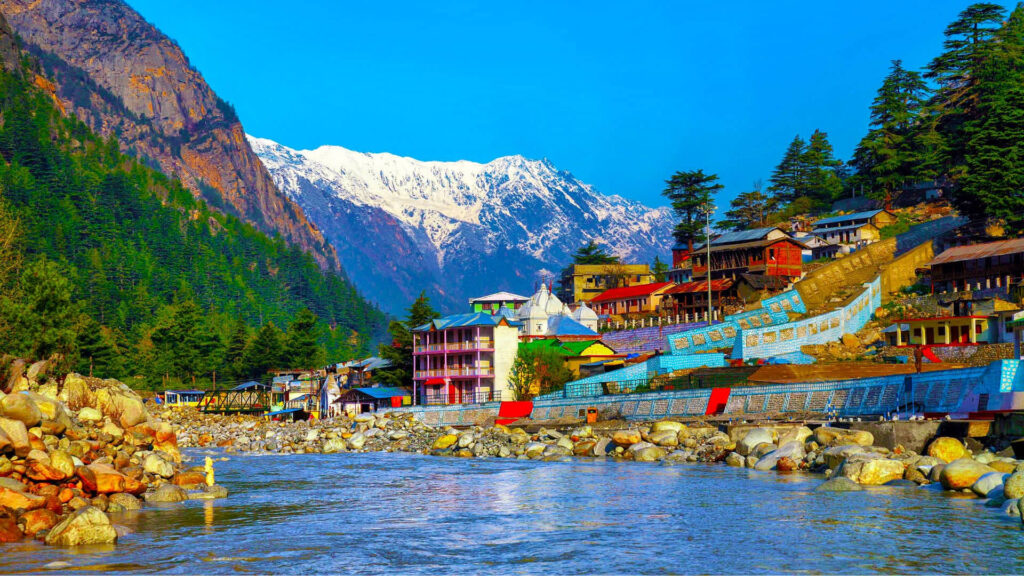
Tips for a Fulfilling Uttarakhand Char Dham Yatra
The Uttarakhand Char Dham Yatra is a spiritually enriching yet physically challenging journey. This pilgrimage, covering Yamunotri, Gangotri, Kedarnath, and Badrinath, requires careful planning, preparation, and a resilient mindset. Here are some tips to make your Char Dham Yatra a fulfilling and memorable experience.
1. Plan the Timing and Itinerary Carefully
The Char Dham Yatra season generally starts in late April or early May and continues until November, with peak months in May, June, and September. Avoid monsoon months (July-August), as landslides and floods are common. Early planning allows you to secure accommodations and permits, and avoid rush-hour congestion. Allocate adequate days for each Dham to fully experience their spiritual ambiance.
2. Focus on Physical Fitness
This pilgrimage involves high-altitude trekking and challenging terrain, especially for Kedarnath and Yamunotri. Begin preparing at least a month in advance by incorporating light cardio, strength training, and flexibility exercises into your routine. Practice brisk walking or trekking on uneven surfaces to build stamina. Regular breathing exercises, like pranayama, can be beneficial for acclimatizing to high altitudes.

3. Pack Wisely for the Weather and Terrain
The weather in the Himalayas can be unpredictable, so pack accordingly. Essentials include layered clothing for warmth, a waterproof jacket, sturdy trekking shoes, gloves, and thermal wear. Carry a backpack with personal items like a first-aid kit, medications, a flashlight, power banks, toiletries, and high-energy snacks. Pack light, but ensure you have everything necessary for cold weather and potential rain.
4. Stay Hydrated and Eat Nutritious Meals
Staying hydrated is crucial in high-altitude areas, where dehydration can lead to fatigue and altitude sickness. Drink water regularly, even if you’re not feeling thirsty. Eat nutritious, easy-to-digest food to maintain energy levels. Avoid oily or heavy meals that can be hard to digest. Many local eateries along the route offer simple, traditional vegetarian food that is nutritious and well-suited to the cold climate.
5. Respect Local Culture and Customs
The Char Dham Yatra takes you through culturally rich regions with unique traditions and lifestyles. Be mindful and respectful of local customs, dress modestly, and avoid disturbing the sacred spaces. Remember that the Himalayas are revered as a divine abode, so treat the environment with respect by avoiding littering and following sustainable practices.
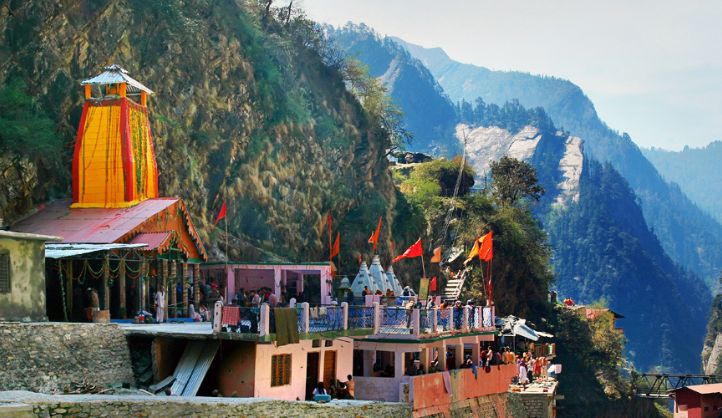
6. Acclimate Properly to High Altitudes
Altitude sickness is a common issue during the Char Dham Yatra, especially at Kedarnath and Badrinath. Spend a day in nearby towns like Haridwar or Rishikesh to let your body acclimate gradually. Avoid rushing, take breaks during your trek, and consult a doctor if you feel symptoms like headaches, nausea, or breathlessness.
7. Maintain a Positive and Patient Attitude
The journey through the Char Dham circuit can be unpredictable, with possible delays due to weather or route conditions. Keep a positive, patient attitude, focusing on the spiritual essence of the pilgrimage rather than the challenges. Enjoy the breathtaking natural beauty, connect with fellow pilgrims, and embrace the transformative aspect of the yatra.
8. Seek Blessings Mindfully
Each temple has its own customs and rituals. Take time to observe these practices and seek blessings with humility and reverence. Participate in temple rituals, offer prayers, and immerse yourself in the divine energy of each Dham.
By following these tips, you can ensure a fulfilling and spiritually uplifting Char Dham Yatra, fostering a deeper connection with yourself and the divine amidst the majestic Himalayas.
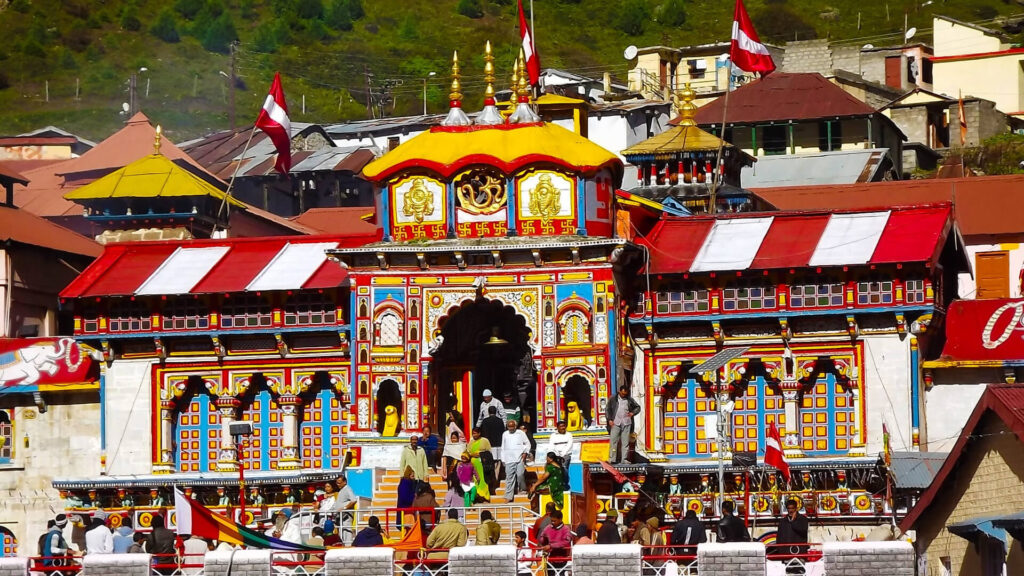
The Spiritual Benefits of Uttarakhand Char Dham Yatra
The Uttarakhand Char Dham Yatra is not merely a pilgrimage; it is considered a transformative experience that purifies the mind, body, and soul. Pilgrims believe that visiting these sacred sites washes away sins and brings them closer to moksha, or liberation from the cycle of birth and death. The journey through the rugged terrain, facing natural challenges, and participating in ancient rituals all contribute to a sense of accomplishment and inner peace.
Each shrine in the Char Dham Uttarakhand circuit represents an essential aspect of Hindu spirituality. Yamunotri and Gangotri emphasize the purification and nurturing power of rivers, while Kedarnath and Badrinath underscore the majesty of the divine and the call to surrender one’s ego to a higher power. For pilgrims, the journey symbolizes their personal journey of faith, resilience, and devotion.

Char Dham Tourism and Environmental Conservation
With the growing popularity of the Uttarakhand Char Dham Yatra, there is an increasing emphasis on sustainable and responsible tourism. Char Dham Tourism authorities are working to minimize the ecological impact of the yatra by promoting eco-friendly practices, waste management systems, and sustainable transportation options. Efforts such as “Green Pilgrimage” initiatives aim to keep the fragile Himalayan ecosystem protected while still allowing pilgrims to experience these holy sites.
The Uttarakhand Tourism Char Dham Yatra department has also taken steps to raise awareness about environmental preservation among visitors, encouraging them to respect the local environment, avoid plastic waste, and participate in efforts to protect the natural beauty of these sacred spaces.

The Transformative Experience of the Uttarakhand Char Dham Yatra
The Uttarakhand Char Dham Yatra is not just a pilgrimage; it’s a journey of self-discovery and introspection. Traversing through the majestic Himalayas, facing physical challenges, and seeking the blessings of the divine make this journey deeply transformative. Many pilgrims describe a sense of tranquility and fulfillment upon completing the yatra, carrying the experience with them long after they return home.
Each shrine in the Char Dham Uttarakhand circuit symbolizes different aspects of divinity and spiritual growth. The journey through Yamunotri, Gangotri, Kedarnath, and Badrinath brings a unique sense of closeness to the divine, a deeper understanding of Hindu mythology, and a connection to the timeless mountains.

Conclusion: Embark on a Life-Changing Uttarakhand Char Dham Yatra
The Uttarakhand Char Dham Yatra is a sacred journey that transcends mere travel. It invites pilgrims to engage in a profound spiritual experience, connecting with nature, history, and the divine. Whether you choose a Chardham Package that caters to your needs, or opt for a Char Dham Yatra Govt Package to support your journey, each step through the Himalayan foothills brings an unparalleled sense of peace and fulfillment.
For those who embark on this Char Dham Yatra Uttarakhand, the journey leaves a lasting imprint, both spiritually and personally. The stunning landscapes, the rich cultural heritage, and the sacred sites of Char Dham Uttarakhand offer a pilgrimage experience like no other, inviting devotees to find inner peace and connect with the divine. With a well-chosen Chardham Tour, you can experience the best of Chardham Tourism while being part of a tradition that has inspired generations for centuries.








Leave a Reply